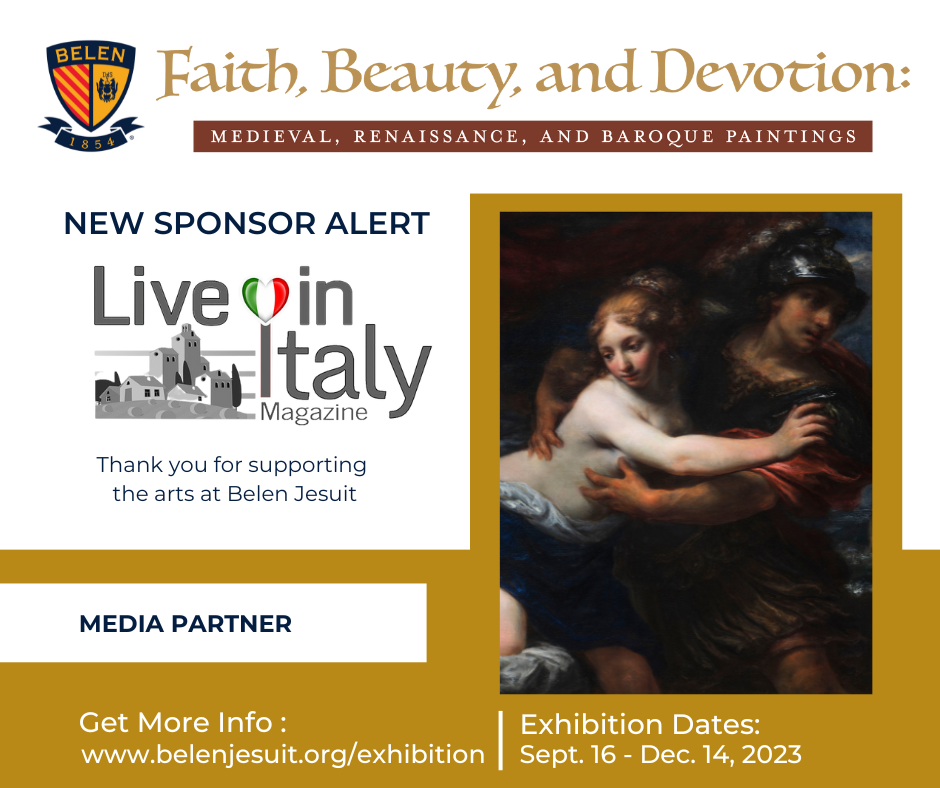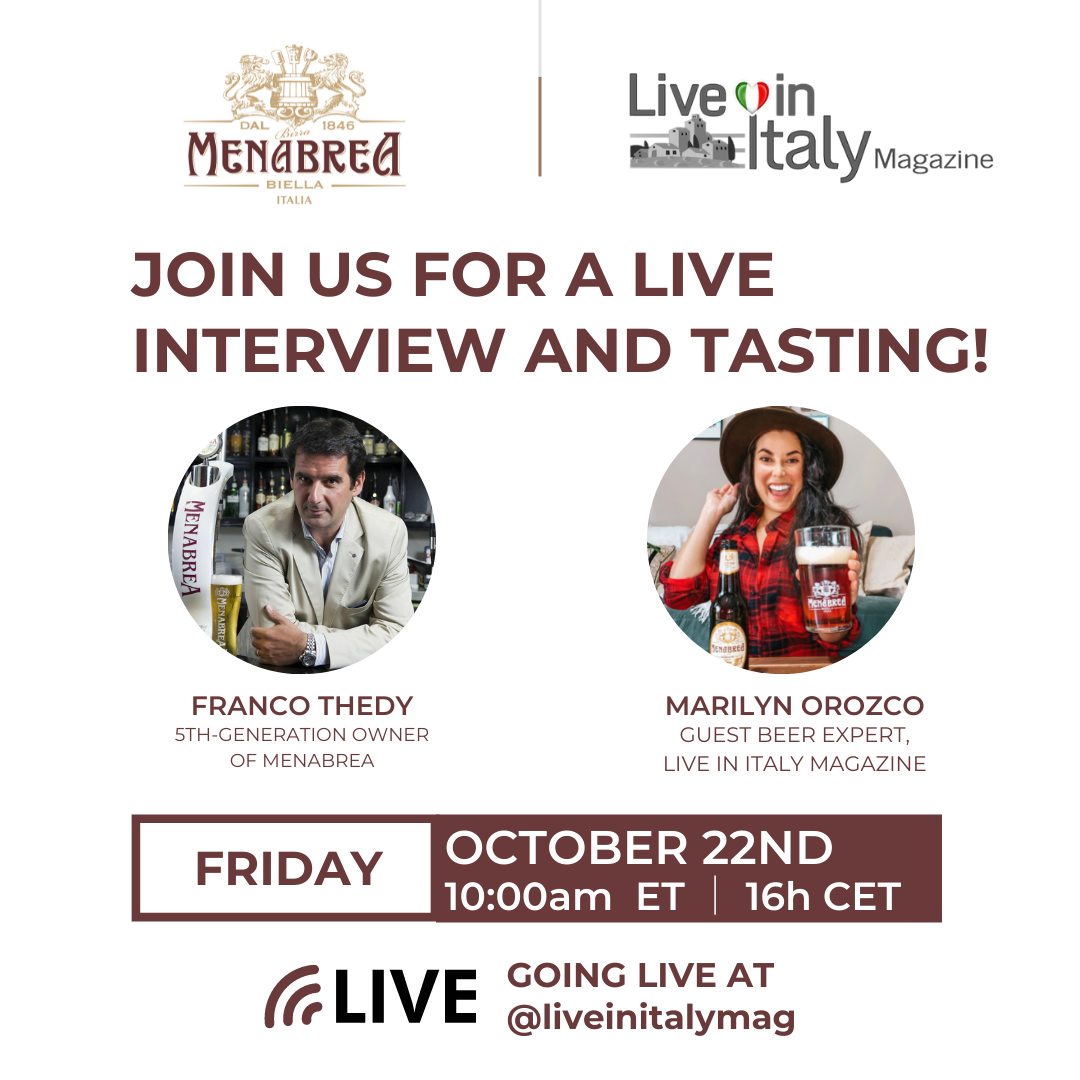The past two years have been challenging—let’s just say they haven’t exactly been the easiest. This made our summer holiday in Tuscany something we’d been eagerly counting down to for what felt like ages. Calling it an “escape” might seem a bit dramatic, but honestly, it wasn’t far off.
There was something magical about shifting focus for a while, having something exciting on the horizon. The thought of this trip became a welcome distraction over those months. In my head, I was already there—winding down Tuscan roads, soaking up the sun, and tasting local wines. For me, the journey doesn’t begin when we board the plane or pack the car; it begins with the planning. Researching the destination, picking out stops, and imagining the experiences ahead gives me that unmistakable holiday buzz long before we even leave home.
Off to Tuscany I
Our Tuscan adventure actually began way back in 2019! We had this amazing plan to take an incredible summer trip in 2020, winding our way through Tuscany’s wine regions and exploring a few spots we hadn’t yet visited. Everything was set! But then, the world turned upside down!
Life took an unexpected turn and those plans we were so eager for had to be shelved. And each year after that, something else got in the way, and Tuscany kept slipping further into the distance. So, we waited patiently until the end of 2023, when we finally found the moment to pull those old plans out of hiding and take a fresh look. And guess what? The original idea was still as exciting as ever! We couldn’t resist adding a few new stops and surprises along the way. So, the adventure was finally back on!
In Tuscany, at least for me, everything that makes Italy so beautiful comes together: the enchanting landscapes with rolling hills and impressive cypresses, abundant culture and sights, and of course, the wonderful Italian climate and fantastic food and drink. Including some of the top wines the country has to offer.
Although taste is very personal (I use three categories for myself: 1. delicious and worth buying again, 2. delicious, but not enough to buy again, and 3. not delicious), Italy has a large number of wines that are highly regarded by connoisseurs worldwide. And many of them are from Tuscany.
The Big Five of Italian Wine
Below is an overview of the Big Five, from which 3 of them are Tuscan based.:
- Brunello di Montalcino
- Barolo
- Vino Nobile di Montepulciano
- Amarone della Valpolicella
- Bolgheri (Super Tuscans)
Of course, this list is open to debate. Personally, for example, I’m not a big fan of Barolo. I’d personally prefer to include the Chianti Classico Gran Selezione instead, also not coincidentally from the Tuscan wine region.
Off to Tuscany II
Back to the trip. After packing, we drove from the Netherlands to Italy in two days. The advantage of traveling by car is that we could bring back some boxes of wine 😀 to share with our children and friends at home. After a stopover on the German-Austrian border, we arrived at camping Hu Firenze after two days. An ideal location to explore Florence.
From the campsite, you can quickly reach Florence by shuttle or city bus (line 14). This year, we finally visited the Uffizi (well worth it, book your tickets online in advance!) and took a walk with a local city guide along the now-famous Wine Windows. I’ll come back to this later in more detail. In Florence, we also tasted the famous white wine from San Gimignano, Vernaccia di San Gimignano. A nice, fresh wine that’s perfect for a city that, due to its valley location, is said to be one of the hottest places in Italy.
Off to the Coast (and the Super Tuscans of Bolgheri)
After the city’s heat (if you don’t handle heat well, it’s better to visit Florence or Italy in the spring or fall), we headed to the cooler coast. We stayed in Marina di Bibbona, part of the Etruscan coast (Costa degli Etruschi), a cozy seaside town with beautiful beaches. In the evening, there’s plenty of choice to sample locally caught fresh fish in one of the restaurants.
Bolgheri is just a 15-minute drive away. Ideal for getting acquainted with the famous Super Tuscan wines produced in the area around (and especially below) Bolgheri. The most famous wine is probably Sassicaia (from Tenuta San Guido), and the most expensive is Masseto (Tenuta dell’Ornellaia, owned by the Frescobaldi family), priced around €1,000 a bottle.
Enoteca in Bolgheri
In this region, you can’t just drop by most exclusive wineries for a tour or tasting. And if you do find one, the prices are likely much higher than what you’re used to.
We chose the Grattamacco winery (part of the ColleMassari wine group), located just south of Bolgheri. The friendly Michela gave us a fun and extensive tour and introduced us to the region and the special wines from the Bolgheri area. The tour ended with a tasty tasting where we tried all the Grattamacco wines. And the first bottles found a spot in the car to take home.
In addition to the well-known red wines from this region (blends of the international grape varieties primarily used around Bordeaux), Vermentino was also widely available. A delightful refreshment that pairs well with the aforementioned fish dishes.
The Enchanting Val d’Orcia
After the coastal region, we headed into the Tuscan countryside. This part of the holiday (and actually Bolgheri, a bit sneakily too) could better be classified as a ‘wine trip.’ From our introduction to Bolgheri until the end, we stayed in places where wine played a major role. In the beautiful Val d’Orcia (search for Val d’Orcia in Google Images, and you’ll understand why we were happy to stay here…), Montalcino is one of the gems to visit.
Like many towns, it’s perched high on a hill, with beautiful buildings to visit. And in this case, some very special wines to try. We stayed in this region just north of Montalcino, around Torrenieri at Biofattoria L’Upupa. The very hospitable Paula and her daughter Andrea made us feel like we had been coming there for years and were good friends.
We tasted the famous Brunello di Montalcino at both Santa Giulia (during a delicious lunch-tasting) and later at Podere Il Cocco. Giamacco, the passionate owner of Podere il Cocco, gave an interesting explanation at one of the first organic wineries. His views on winemaking and life resonated with us. His wine was delightful.
In this area, we also spent a day driving around, visiting Pienza (known for its Pecorino cheese), San Quirico d’Orcia, and the hot springs of Bagno Vignoni. Pure enjoyment.
With a few more beautiful memories, we left this region for the Chianti area.
Chianti Classico and the Jubilee Wine Festival in Greve
Not everyone is familiar with the layout of the Chianti wine region. The red wine, mainly made from Sangiovese, is grown in large parts of Tuscany. There are no fewer than eight subzones, with the most famous being the ‘Chianti Classico,’ roughly located between Florence (north) and Siena (south), which is also the most original area.
I’ll return to Chianti later -there are so many varieties, and I’d love to explain them in more detail.
On our way to our wine hotel, Podere Campriano in Greve in Chianti, we had lunch at Casa Chianti Classico (in Radda in Chianti). With a beautiful view of the adjacent vineyard, you can enjoy a delicious lunch here. And at the same time (unless you still have to drive), taste different kinds of Chianti, which quickly teaches you the basics.
We were lucky (or had we planned it that way… 😂) that during our stay in Greve, the annual Expo Chianti Classico was held. A wine festival where about 80 wineries from the region present their wines. In the year that the Consorzio Vino Chianti Classico (Italy’s first wine consortium) celebrated its 100th anniversary! A bustling event, where you can chat with the winemakers themselves, learn lots of new things, and taste delicious wines.
On the second day of our stay, we explored the surroundings. A beautiful day trip through the wooded area, interspersed with lovely views of the well-known vineyards of Chianti. Driving along the famous Chiantigiani (SR222), passing Panzano, and stopping briefly in Castellina del Chianti.
A delightful day, which we concluded with a second visit to the aforementioned wine festival. That day, we had booked a tasting focused on Chianti Gran Selezione, the top of the Chianti wine pyramid. An expert guided us through the characteristics of this wine in over an hour. A perfect conclusion to the Chianti region.
Finale in Verona & Valpolicella
Our last stop in Italy was Verona and the vineyards of Valpolicella. This wasn’t the first time we stopped in Verona. This beautiful city is well worth a visit. And not just for the story of Romeo & Juliet or a visit to the famous Arena, but also for its beautiful buildings and rich history.
During a previous visit to Verona, we took a fun bike ride with a city guide who showed us all the highlights and attractions. This year, we strolled through the city center ourselves and visited, among other things, the beautiful Giardino Giusti city garden.
This time, our base was the beautiful winery of Massimago. A fantastic hotel where various wine tastings are also offered. Its location is not only convenient for quickly getting to Verona but also for reaching Soave. A real recommendation if you enjoy a good white wine.
Besides Verona, we also spent a day at Lake Garda. The touristy Bardolino, known for, among other things, the Chiaretto di Bardolino (a dry rosé), was about an hour’s drive away. There are small beaches nearby, or you can rent a boat to explore the lake yourself.
On the way back, we stopped by two of our favorite wineries in the Valpolicella region to stock up on wine for the coming winter. Stefano Accordini is one of the highest-located wineries in the Valpolicella Classico region. The wines of Villa Canestrari, which we first tasted by chance at an Italian festival in Amsterdam, have been one of our favorites for years.
With a delightful Amarone della Valpolicella, we’ll soon start planning our next holiday or Italian wine trip.
Saluti!
Dennis



